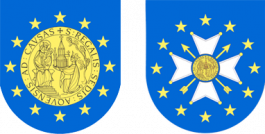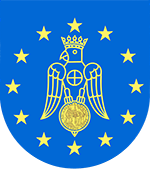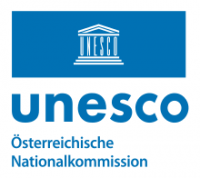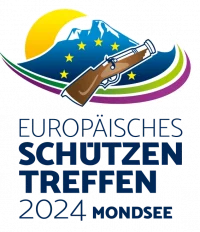The 5 regions of the EGS
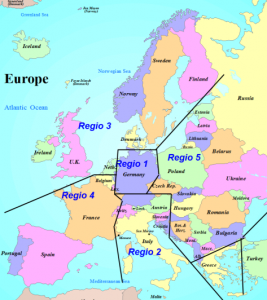
15 associations from 10 European countries (Sweden, the Netherlands, Belgium, Germany, France, Switzerland, Austria, Poland, the Czech Republic and Croatia) are represented and allied in the EGS.
The EGS is divided into 5 regions based on geographical proximity to simplify communication (administration).
Region 1 – Central/Northern Europe
These 6 associations represent 1,927 clubs
- Bund der Historischen Deutschen Schützenbruderschaften – BHDS
- Sauerländer Schützenbund – SSB
- Kreisschützenverband Peine – KSV
- Oberbergischer Schützenbund – OSB
- Kreisschützenbund Büren – KSB
- Schützenkreis Gütersloh
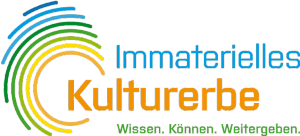
On 4 December 2015, the German UNESCO Commission and the Standing Conference of the Ministers of Education and Cultural Affairs added ‘marksmanship in Germany’ to the national list of intangible cultural heritage.
Organizer of the EST in
King of Europe
2022 Svenja Reher (Münster)
2009 Mario Geißler (Leutesdorf)
1998 Willi Lienen (Nettetal)
1998 Wilfried Stammermann (Markhausel)
1994 Heinz Meier (Rath-Heumar)
1992 Uwe Iserhardt (Leubsdorf)
1989 Hubert Pflaum (Peine)
1987 Host Walter (Lippstadt)
1987 Gunter Halfmann (Duisburg)
European prince
2022 Jannika Klos (Kerpen)
2018 Christopher Hofmann (Rheindorf)
2015 Dirk Mikolajcz (Hüsten)
2009 Sebastian Spille (Ermke)
2006 Christoph Müller (Reichshof)
Region 2 – Central/Southern Europe
Germany (south of the Main), Austria, Switzerland, Liechtenstein, Italy
This association represents 13 clubs:
The tradition of marksmen’s guilds / social practices in Upper Austria were added to the national register of intangible cultural heritage in 2019.
Organizer of the EST in
2024 Mondsee
2003 Vöcklabruck
King of Europe
2015 Josef Lohninger (Vöcklamarkt)
Region 3 - Europe North/West
Norway, Sweden, Finland, Great Britain, Denmark, Netherlands
These 4 associations represent 450 clubs:
- NBFS Noord-Brabantse Federatie van Schuttersgilden
- OLS Oud-Limburgse Schuttersfederatie
- Federatie van Gelderse Schuttersgilden
- Det Broderlige Papegoye Gillit
Intangible cultural heritage includes:
- since November 2013 die NBFS
- since March 2014 Altlimburger Schützenfest
- since September 2014 Fahnenschwenken in Gelderland
- since September 2015
Schuttersbroederschap „St. Sebastianus“ 1617 Kerkrade
Organizer of the EST in
King of Europe
2018 Leo Niessen (Linne)
2012 Toon Weijtmanns (Udenhout)
2000 Harry Ketels (Didam)
1981 Wilhelm den Held (Gulpen)
European prince
2012 Bram van Bergen (Oss)
2003 Harm Loeters (Oud-Dijk)
Region 4 - Southern/Western Europe
Belgium, Luxembourg, France, Spain, Portugal, San Marino, Greece
These two federations represent 182 societies:
- De Federatie van Vlaamse Historische Schuttersgilden (FVHS)
- Convention Francaise des Guildes Historiques de Tir
The tradition of marksmen in East Belgium and the surrounding area was added to the list of intangible cultural heritage on 11 January 2018.
Region 5 – Eastern Europe
Poland, Hungary, Slovakia, Czech Republic, Estonia, Latvia, Lithuania, Russia, Georgia, Ukraine, Croatia
These three associations represent 129 clubs:
Each region elects its own chairperson (Regional Secretary).
The chairpersons look after the associations/societies in their region and represent the region both internally and externally.
